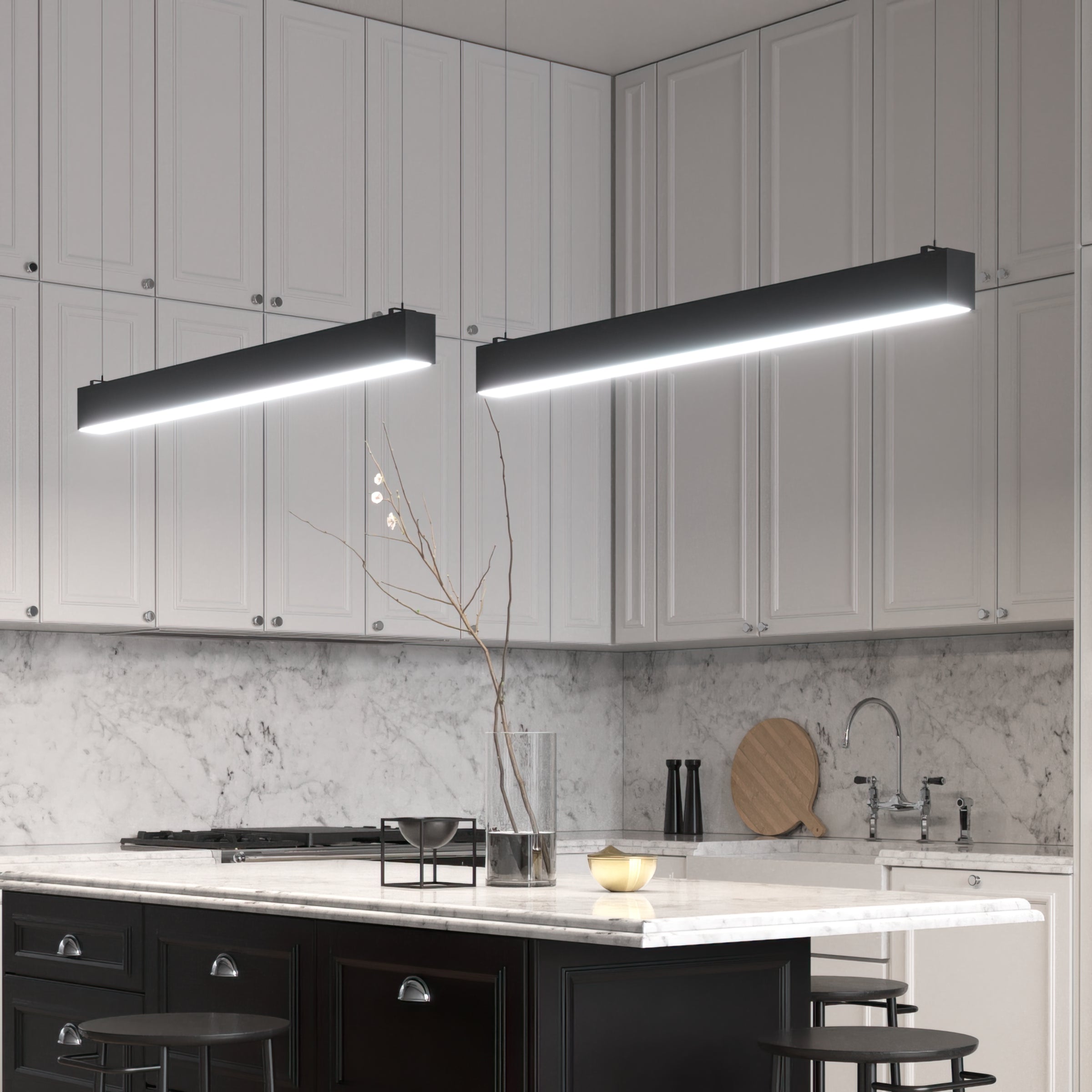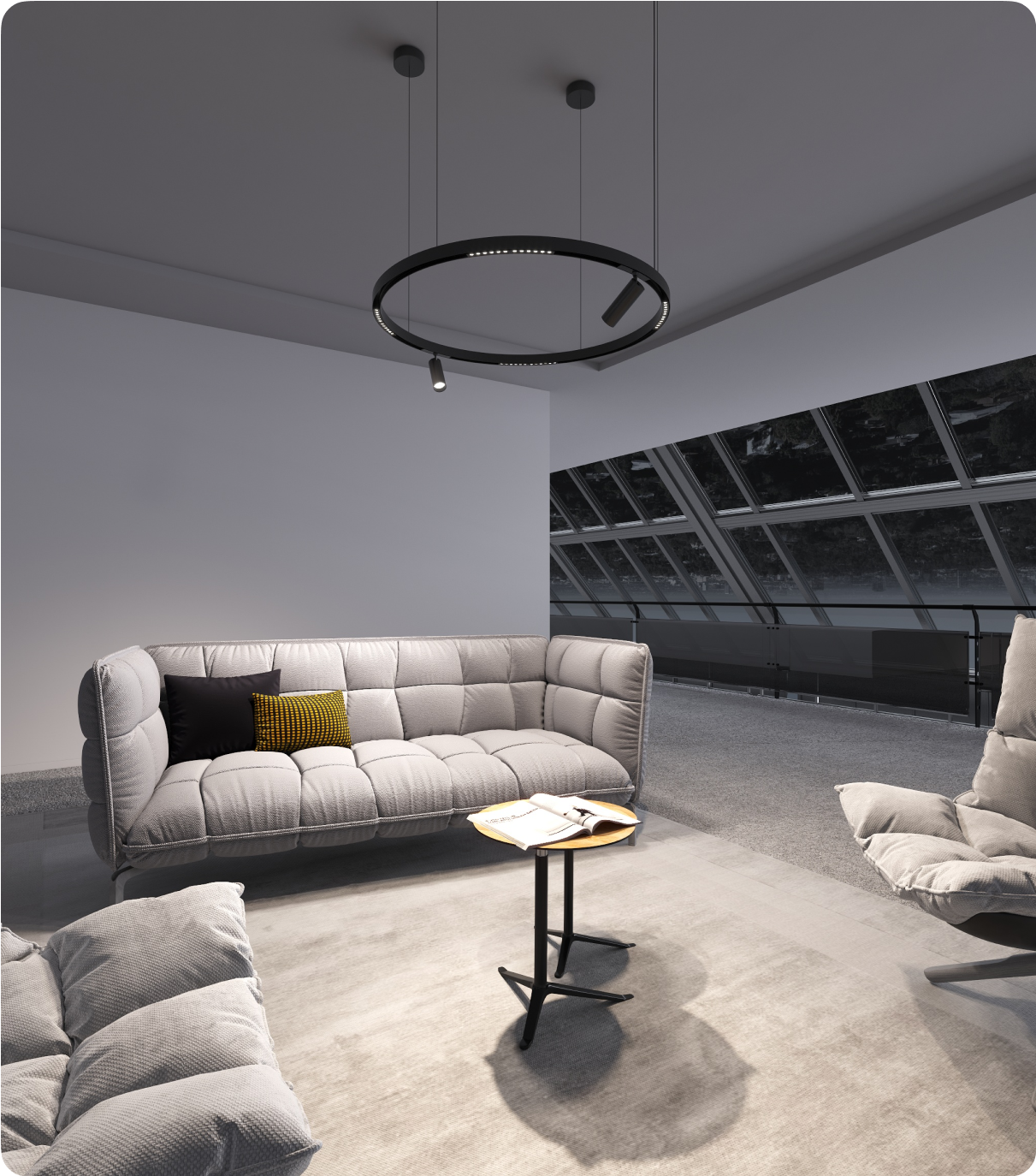Suppose you've ever experienced buying clothes in a store and finding that the color looks different under natural light. In that case, the store's lighting may be the reason. The quality of light that reveals the true shade of objects is called color rendering. The most common measure of color rendering is the CRI (Color Rendering Index). Sunlight is the standard for natural light and has a perfect CRI of 100. Every other light source is compared to this natural light standard when calculating CRI. The color of clothing in the store, food on the kitchen counter, and even your skin can look different depending on the light illuminating it.
What is the color rendering index? This article will examine the Color Rendering Index (CRI) and how it affects lighting design. We'll discuss how CRI is calculated, how colors look, and why it's important for different settings. By the end of this article, you'll better understand how to choose lighting that best suits your needs.
Difference Between Color Rendering Index (CRI) and Correlated Color Temperature (CCT)
When buying light bulbs for your commercial space, it's important to consider the relationship between CRI and color temperature. Color temperature is measured in Kelvin (K). The lower the Kelvin temperature, the more orange or red the light appears.
Compared to natural light, the meaning of CRI in lighting measures how well a light source reveals the true hues of objects. A low CRI means the human eye won't pick up as much of the tone as it should. This old technology puts out a lot of light (lumens). Compared with today's technology, like fluorescent, LED, or induction, it doesn't allow you to see things as they should be seen.
Choosing a LED bulb color rendering index and the right color temperature ensures that objects are illuminated as they should be seen.
How is the CRI Measured?
CRI is calculated using an algorithmic calculation once the light source spectrum is measured. The light source's color temperature must first be determined, which can be calculated from spectral measurements. The light source's color temperature is then used to select the appropriate daylight spectrum for comparison.
Next, the light source is virtually shone onto a series of virtual color swatches called test color samples (TCS). The reflected color is compared to the series of virtual measurements for natural daylight of the same color temperature. Finally, each sample swatch's "R" score is determined formulaically. The R-value for a particular color indicates the ability of a light source to render that particular shade faithfully.
CRI calculates how well a light source renders tones by averaging R values across various colors. Which and how many R values are averaged will depend on which definition of CRI you use – general CRI (Ra) or extended CRI.

Why is the CRI Important?
The ability of a lamp to accurately portray colors is important in any environment. A lamp with a low CRI will make objects and people appear dull and lifeless. This can be especially problematic in color-critical environments like retail stores, grocery stores, and real estate, where accurate color portrayal is important for business success.
Lighting with a high CRI can bring vibrancy to an environment, making the colors of furniture, clothing, food, and other objects stand out. This carries over to people, giving them a rich skin tone and a healthy glow. A high CRI rating is especially important in color-critical settings where accurate color portrayal is crucial for business success. These settings may include retail stores, grocery stores, and real estate, where visual appeal, presentation, and color accuracy are vital.
Color Rendering Index in Commercial Application
To make their businesses more energy-efficient and environmentally friendly, many commercial space owners replace old lighting technology such as high-pressure sodium, metal halide, or T12 fluorescent bulbs with newer, more efficient lighting options like fluorescent, induction, or LED lights. These building and business owners need to consider the Color Rendering Index (CRI) when selecting lighting, as it measures a light bulb's ability to reproduce hues accurately.
Before upgrading your lighting, it's important to consider if a high CRI bulb is necessary for your workspace. Will paying extra for a bulb like this improve your employees' productivity? For example, suppose you run an art gallery or work in a manufacturing facility with specific requirements. In that case, you will need bulbs with CRI values greater than 90.

LED Lights and CRI
At LED Lights Direct, we provide a wide range of LED lights with high Color Rendering Index (CRI) ratings. Each type of light bulb has different color rendering abilities. High-pressure sodium and mercury-vapor lights have CRIs of about 24 and 49, respectively. Although incandescents have the ideal light rendition, some bulbs can still do a decent job. Fluorescent bulbs, for example, can give reasonable CRI of LED light depending on the coating, with a range of 50 to 85. However, carefully choose the top fluorescents for a good color rendition.
Nowadays, LED lights can achieve high Color Rendering Index (CRI) ratings, often in the high 90s. This indicates that you can obtain a nearly natural color if you select an LED with a high CRI. This feature is particularly important for businesses, such as restaurants or stores, requiring attractive natural shades or homes where you want to create a pleasant atmosphere where everyone looks and feels their best.
LED lights with high Color Rendering Index (CRI) charts are affordable and provide natural color rendition. Investing more in a higher CRI bulb can bring many benefits, especially in color-critical settings. As LED technology evolves, prices continue to decrease while performance continues to improve.





